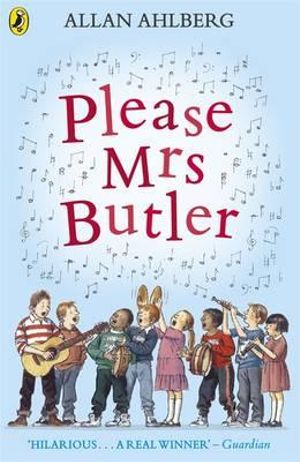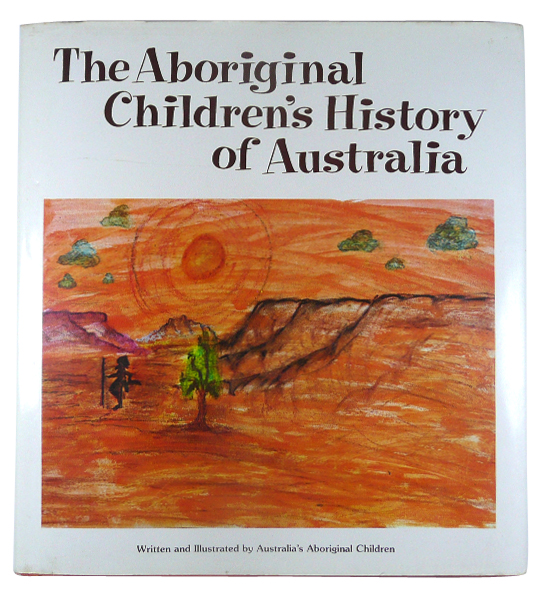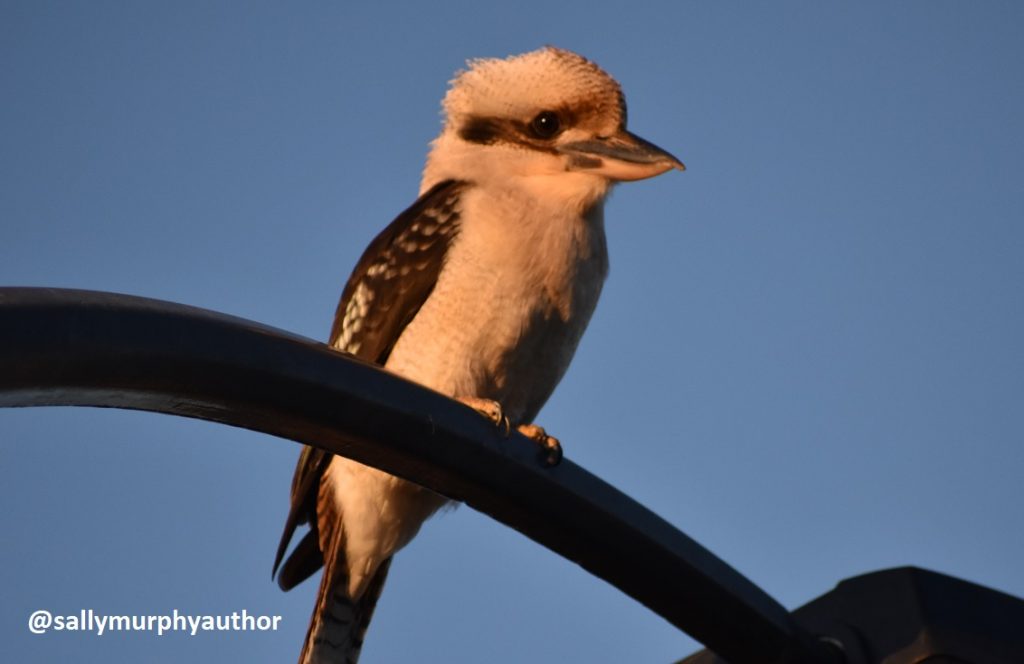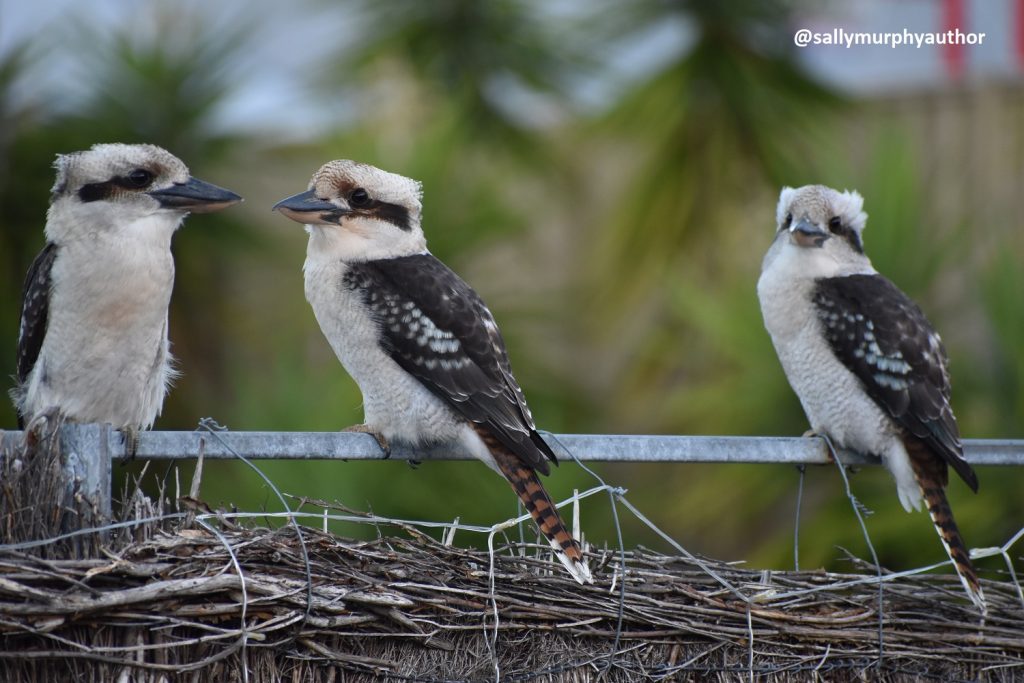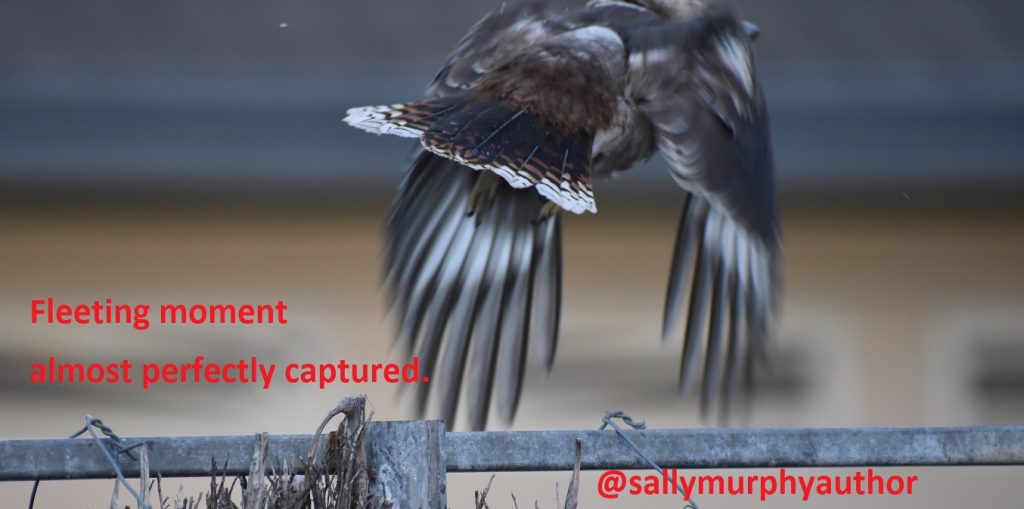It’s a new month, which means time to look at what I read last month. I was in Adelaide for the month, on a May Gibbs Children’s Literature Trust Creative Time Fellowship, which meant that not only did I have lots of time for writing, I also had extra time for reading. Oh joy! And Adelaide is well provided with good bookshops, both new and used. So I had a field day! I managed 16 books in October, and brought home many more (actually I had to post them home to avoid my luggage being stupidly heavy).
Some really great reads this month, but as you’ll see I had two absolute favourites – Odder and Dog Songs, both of which filled my heart, but also made me want to keep working on my poetic craft. Here’s what I read.
Books for Children
-
-
Annabel’s Dance, by Diane Jackson Hill & Lois Bury (Wombat Books, 2021). A really cute story about a sheep who does not want to be shorn.
A Matter of Cats, by Elizbeth Hutchins (Wakefield press, 2022). I was lucky enough to meet Elizabeth during my stay in Adelaide and, by chance, we’d each brought along our cat themed book – and swapped them. Among other things, this one deals with the dilemma of being a cat lover while understanding they are bad for native wildlife.
Belinda, by Pamela Allen (Puffin, 1992). What fun to pick up a Pamela Allen book for $1 while in Adelaide. I thought I knew all of Allen’s books, but hadn’t read this one before.
- The Children’s Jackanapes, adapted by F. H- Lee from Julia Horatia Ewing (George & Harrap, 1937). This very old little book was picked up at a second hand bookshop. I found, from an internet search, that the story was first published, presumably in a longer form in 1884, and this version was a retelling.
Humbert , by John Burmingham (Puffin, 1965). You guessed, it another one I picked up second-hand in Adelaide. Humbert’s story is delightful.
Jenny Angel , by Margaret Wild & Anne Spudvilas (Viking, 1999). Very surprised to find this one in an op shop, but a win for me as I didn’t own a copy of this beautiful picture book, dealing with the difficult topic of the death of a sibling, in a beautiful beautiful combination of text and art.
Nurse Lugton’s Curtain, by Virgina Woolf & Julie Vivas (Bodley Head, 1991). I didn’t know that Virginia Woolf had written children’s stories, and to find one made into a picture book with illustrations by one of Australia’s finest illustrators was a real treat, especially in an op shop. Stunning.
This Book of Mine, by Sarah Stewart & David Small (Farrar Strauss Giroux, 2019). A beautiful celebration of the magic of owning, connecting, and falling in love with, a book.
The Dog That Dumped on My Doona, by Barry Jonsberg (Allen & Unwin, 2008). Another op-shop find, from an author whose work I like. this one is comedy, involving a talking dog, and a lizard needing rescuing.
Odder, by Katherine Applegate (Wellbeck Flame, 2022). I picked this one up because of the cover, but when I realised it was a verse novel there was no question of me buying it, reading it asap, and adoring it. This book is as beautiful as its cover!
- The Battle of the Galah Trees, by Christobel Mattingley Brookhampton Press, 1972). As part of a historical fiction book I am writing, I went looking for a book that might have been in a local library in 1978. In an Antiquarian Bookshop in Adelaide I found this one – signed by the author in 1978. It seemed a sign, so of course I bought it, read it, and enjoyed it.
-
Books for Adults
-
 Spring and All by William Carlos Williams (this edition 2019, first published 1923). Filling in some gaps in my reading of this modernist poet, whose ‘plum’ poem was one of the first free verse poems I ever encountered. This collection is a mix of prose and poetry, and takes some digesting, which is a good thing.
Spring and All by William Carlos Williams (this edition 2019, first published 1923). Filling in some gaps in my reading of this modernist poet, whose ‘plum’ poem was one of the first free verse poems I ever encountered. This collection is a mix of prose and poetry, and takes some digesting, which is a good thing.Love, Dad: Confessions of an Anxious Father, by Laurie Steed (Fremantle Press, 2023). I’ve been meaning to read this one since it was released a few months ago, and took it on the plane for my flight to Adelaide. A really heartfelt, honest memoir of early fatherhood and the struggles of anxiety, a writing career and life in general.
Second Innings: On men, mental health and cricket, by Barry Nicholls (Fremantle Press, 2021). Another exploration of anxiety, different to Love Dad, but equally as heartfelt. I found them good companion reads, one after the other.
Park Ruth : Dear Hearts and Gentle People, by Ruth Park (Penguin Books, 1994). First published in 1955, this is not one of the Ruth park books I had previously come across, but I really enjoyed it. Set in 1920s rural new Zealand and telling the story of a young girl going to live with her four aunts, who adore their niece, but also work to escape the control of their cantankerous father, and find their own ways forward in love and life.
Dog Songs: Poems, by Mary Oliver (Corsair Poetry, 2013). As with Odder (above) I fell in love with this book even before I’d opened it. I adore dogs, and I adore Mary Oliver’s poetry, so this is a perfect combination. I’ll be rereading this one often, I suspect.
That brings my total for the year to 103, with two months to go. I suspect now that I’m home and back at the day job, the number won’t be as high in December, but that’s okay. What have you been reading? I’d love to hear!
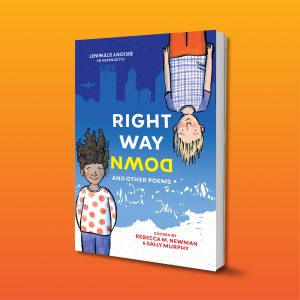 anthology of children’s poetry by West Australian poets. Rebecca was there and she vowed to make it happen. And she did, under the badge of her company
anthology of children’s poetry by West Australian poets. Rebecca was there and she vowed to make it happen. And she did, under the badge of her company 
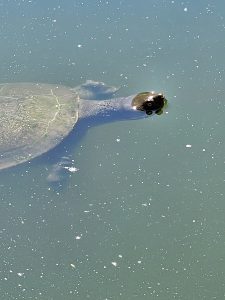


 Farmer Schulz’s Ducks
Farmer Schulz’s Ducks